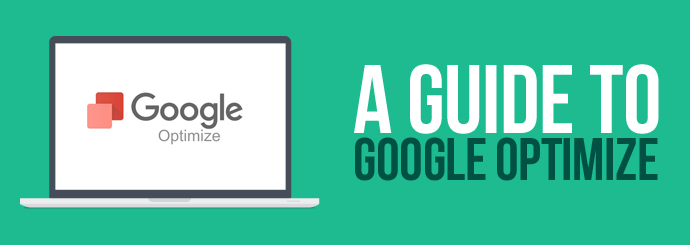

JPG is undoubtedly the preferred image format, which gives you the convenience of hassle-free downloading and uploading of images. However, these are lossy images, which means you’ll lose some minor image details permanently. JPG: Produces good quality images which aren’t heavy in terms of file size.It can be suggested only for times when you want to save every detail of the image. PNG: Produces high-quality images with heavy file sizes.Market Research The Semrush Content Writing Workbook Best formats for raster images: Due to its flat imagery, you also benefit from high quality that is easily scalable. SVG is the only, and the best, option for vector images. Picking the best image format – SVG, JPG, PNG, or GIF? Best format for vector images: An ideal ratio could be 40% vector images and 60% raster images. I would suggest wisely using a mix of both. Or in simpler terms, imagine an elephant participating in a rabbit race. our site would take at least something around 625 kBps. Imagine if you had several images on a site with 800 X 800 pixels. Google also mentioned that it takes four bytes of memory to deliver one pixel. In short, you’ll get an idea of how heavy one image can get based on its dimensions. Here’s a table that Google shared to help understand the pixel-to-byte relation. However, if not handled well, these can heavily hamper your site’s loading speed! Plus, you might have to save multiple file variations to ensure they’re compatible on different platforms and fit for responsive designs. Raster images provide depth to the imagery you would want to convey, giving it an emotional and psychological appeal as these images look real. Raster images, on the other hand, are images that are made of rectangular grids, each packed with multiple color values (pixels).Additionally, you can use the same image file on multiple platforms (as well as for responsive website design) without having to use multiple variations. They have as good as no pixelation when you zoom in, making them apt for high-resolution devices. Vector images are best applicable for shapes, logos, icons, and flat images. Vector images are simple, created by using lines, points, and polygons.Choosing the right type of image: Vector or raster? These are some tips that anyone can apply for any type of site (even WordPress), so you’re not solely at the mercy of your developers and designers. Many devices and desktops use high-resolution screens, which increase the need for good quality images.It helps in reverse image search, which can be a big value add especially if you’re a product-based business.It can help improve your keyword prominence.It helps improve page loading speed, which is a major Google ranking factor.


What can image optimization do for my users (and for SEO)? WordPress #Ĭonsider using an image optimization WordPress plugin that compresses your images while retaining quality.Image optimization serves as a major part of this puzzle. Magento #Ĭonsider using a third-party Magento extension that optimizes images. Joomla #Ĭonsider using an image optimization plugin that compresses your images while retaining quality. Also, ensure you are using the Drupal's built-in Responsive Image Styles (available in Drupal 8 and above) for all images rendered on the site. Stack-specific guidance # Drupal #Ĭonsider using a module that automatically optimizes and reduces the size of images uploaded through the site while retaining quality. Squoosh is maintained by the Google Web DevRel team. If you're running a small site and can handle manually optimizing all images, this option is probably good enough. For example, with ImageOptim you drag and drop images into its UI, and then it automatically compresses the images without compromising quality noticeably. Using WebP images Optimize images using GUI tools #Īnother approach is to run your images through an optimizer that you install onto your computer and run as a GUI.There are many steps you can take to optimize your images, including: If the potential savings are 4KiB or greater, Lighthouse flags the image as optimizable. Lighthouse collects all the JPEG or BMP images on the page, sets each image's compression level to 85, and then compares the original version with the compressed version. Optimize these images so that the page loads faster and consumes less data: How Lighthouse flags images as optimizable # The Opportunities section of your Lighthouse report lists all unoptimized images, with potential savings in kibibytes (KiB).



 0 kommentar(er)
0 kommentar(er)
